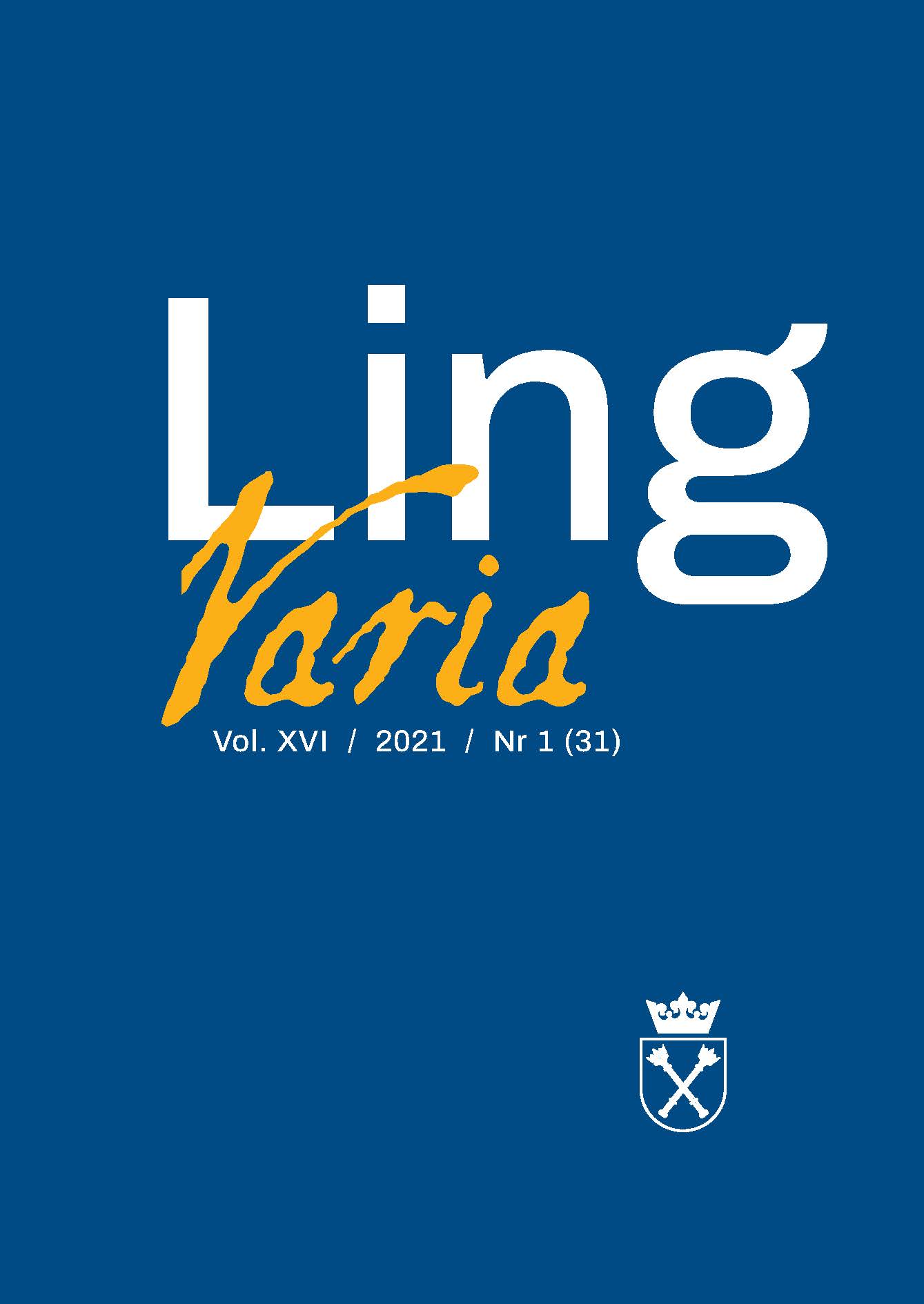Szeregi składniowe w staropolskich apokryfach Starego i Nowego Testamentu (na przykładzie Historyi barzo cudnej o stworzeniu nieba i ziemie i Rozmyślania przemyskiego)
Syntactic Sequences in Old Polish Apocrypha of the Old and New Testament (Based on Historya barzo cudna o stworzeniu nieba i ziemie and Rozmyślanie przemyskie)
Author(s): Wojciech StelmachSubject(s): Language and Literature Studies, Theoretical Linguistics, Studies of Literature, Polish Literature
Published by: KSIĘGARNIA AKADEMICKA Sp. z o.o.
Keywords: syntactic sequences;synonymous sequences;Old Polish language;Old Polish apocrypha
Summary/Abstract: Researchers of Old Polish texts notice that they contain stylistic devices called syntactic sequences, a particular type of which are synonymous sequences. The aim of the article is to characterize synonymous sequences in Polish medieval Biblical-apocryphal writings, and to indicate their importance for the stylistics of Old Polish literature. Furthermore, the author of the article wants to find out why the copyists/authors of the texts decided to use such sequences in those writingss. The basis for the analysis includes some examples of syntactic sequences from The Przemyśl Meditation (Rozmyślanie Przemyskie) and The Marvellous Story on the Creation of Heaven and Earth (Historya barzo cudna o stworzeniu nieba i ziemie) by Krzysztof Pussman. However, the author of the article does not focus on the genetic aspects of text analysis. He is not interested in the origin of the sequences. What is important for him is to determine the function of the word connections in question, and to identify the reasons for using them in the translation.
Journal: LingVaria
- Issue Year: 16/2021
- Issue No: 31
- Page Range: 157-168
- Page Count: 12
- Language: Polish

